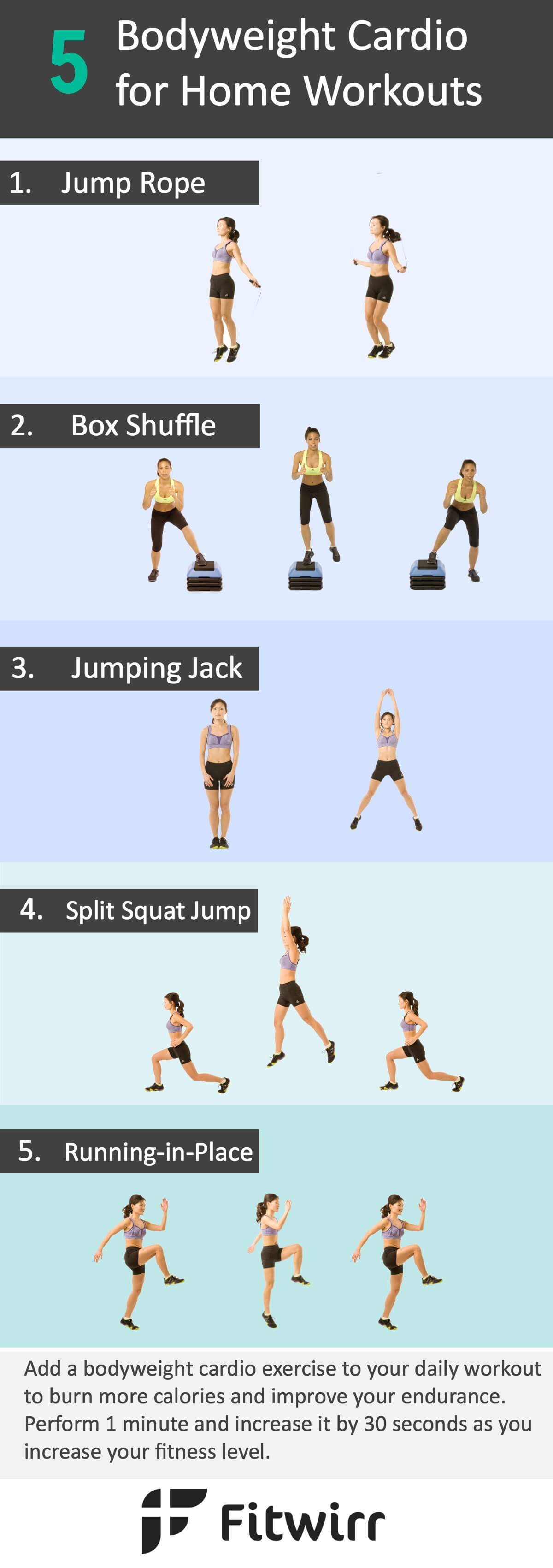

Although you’re swinging the kettlebell with your arms, make sure to really engage the rest of your body, especially your hips. Kettlebell SwingĪccording to Men’s Health, the kettlebell swing “ might be one of the best calorie-torching exercises of all time.” This is one of the types of core exercises that work your glutes, quads, hamstrings, and core muscles. In one swift motion, switch the position of your legs. Place your right foot near your right hand, and extend your left leg behind you. The mountain climber exercise is sort of a “moving plank,” and works your core, shoulders, hamstrings, triceps, and quads. Then, jump your feet back to the starting position and stand, reaching your arms over your head. Keeping your body straight, do one push-up. Lower your hands to the floor so they’re just inside your feet, put your weight on your hands, then kick your feet back into a push-up position. Start in a squat position with knees bent, back straight, and feet shoulder-width apart. BurpeeĮverybody’s favorite (or perhaps least favorite, given how challenging they can be) full-body exercise, burpees work many muscle groups including your legs, hips, buttocks, abdomen, arms, chest, and shoulders. Here are five of our favorite exercises, that involve the entire body, and that you can incorporate into a fat-burning HIIT routine: 1.

Full-body workouts will be the most beneficial to your overall strength, and for your fitness and weight loss goals. Five Best Full-Body Fat Torching ExercisesĪs we said before, you don’t get to decide where you’re burning fat. While research on HIIT is still in the works, some hypothesize that the metabolism boost it causes, as well as the fat-burning growth hormones your body produces during HIIT, are additional causes of weight loss. In fact, a 2015 study from the Journal of Strength and Conditioning Research found that HIIT workouts burned up to 25 to 30 percent more calories than a steady-state workout like running. Consuming oxygen, and recovering your tired muscles, takes energy (see: calories) - some scientists say that after a HIIT workout, you continue burning calories for about 3 to 16 hours. This increased oxygen debt in turn leads to greater excess post-exercise oxygen consumption (EPOC). The intensity of the workout uses up all of your body’s oxygen at once. HIIT workouts, on the other hand, are anaerobic, which literally means “without oxygen.” Running or cycling are aerobic exercises, meaning your body has enough oxygen stores to sustain you throughout the entire session. This is mainly because of how the body uses oxygen during steady-state cardio as opposed to during a HIIT workout. Many recent studies have determined that HIIT workouts are one of the most efficient ways to burn calories fast, even more so than steady-state cardio like running.

HIIT is a variation of interval training that involves short bursts of rigorous cardio, followed by intermittent rest periods. High-intensity interval training (HIIT) is one of the most effective ways to burn fat. While you can’t “target” specific areas of your body where you want to burn fat, you can tailor your workout routine to help you lose weight. Losing weight is a whole-body process, and involves not only exercise but eating clean and managing stress. If you tire yourself out doing a million crunches, you won’t magically torch your belly fat away. Unfortunately, you can’t necessarily isolate and reduce belly fat alone, as spot training is a myth. Many fitness magazines and clickbait articles use phrases like “burn belly fat fast” or “lose the muffin top with this one exercise” - while yes, it is possible to burn fat, we don’t get to decide where on our bodies we feel the burn.


 0 kommentar(er)
0 kommentar(er)
